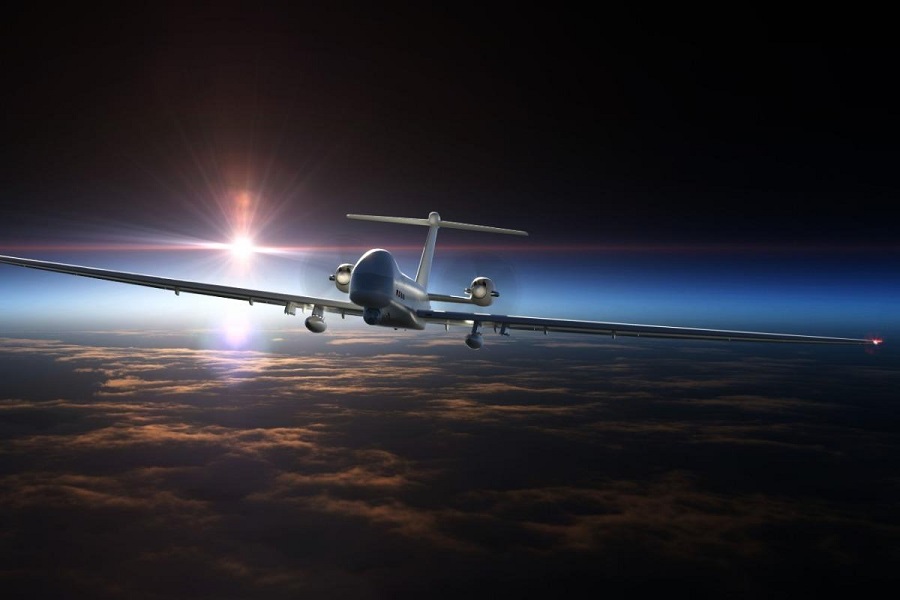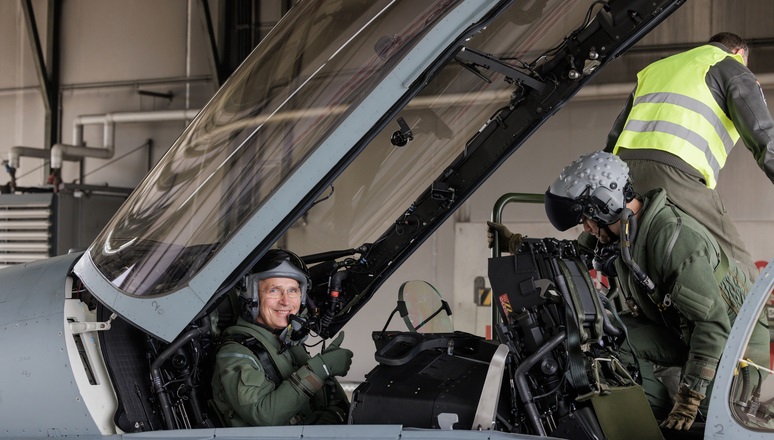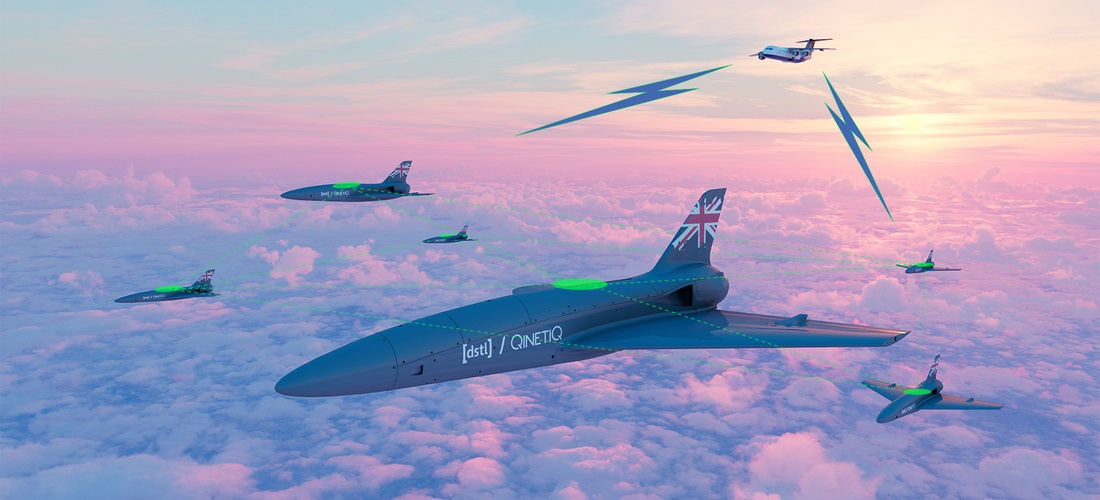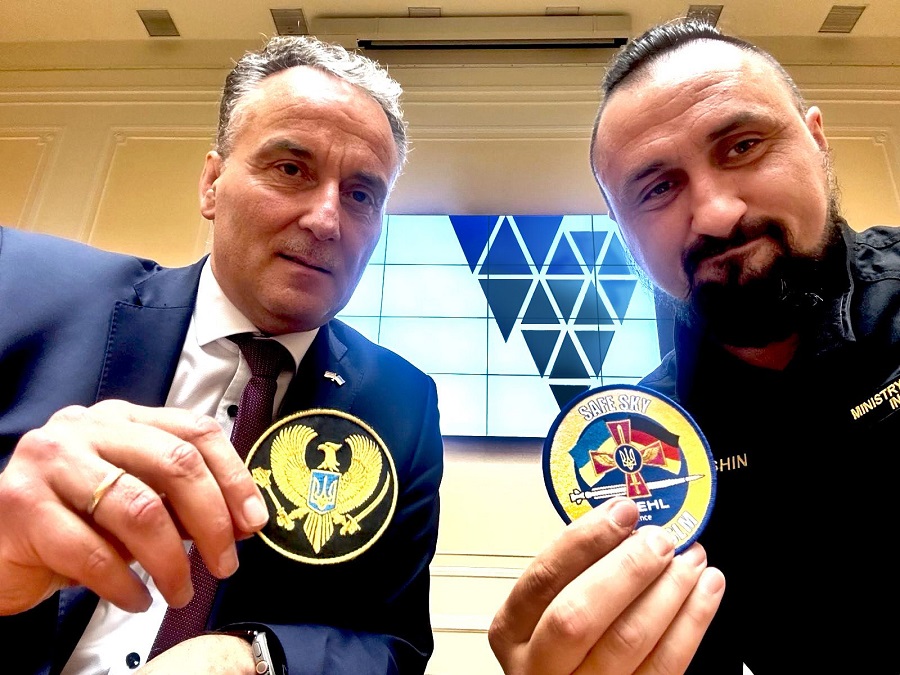GA-ASI is training the first four Operational Conversion Units (OCUs), each comprising of eight crews, including pilots, sensor operators (SOs), and mission intelligence coordinators (MICs). Upon completion, the crews will operate the Protector Air system as part of 31, 54 or 56 Sqn. Training for the pilots and SOs is scheduled to run for 12 weeks; six weeks for MICs.

The scope of the training is focused on foundational skills required to operate the Protector air vehicle and its equipment, including the Multi-Spectral Targeting System (MTS), Synthetic Aperture Radar (SAR), Mission Intelligence Station (MIS), and System for Tasking and Real-Time Exploitation (STARE). Training involves building solid foundations for both normal and emergency operations in Intelligence, Surveillance, and Reconnaissance (ISR) systems, instrument flying, and Automatic Takeoff and Landing Capability (ATLC).
The training includes simulation and live flight of the air vehicle. The synthetic training includes a desktop procedural trainer and a mission trainer.
“The training services performed at our Grand Forks center for the RAF represent an important benchmark for future MQ-9B training for other partners,” said GA-ASI President David R. Alexander.
MQ-9B has garnered significant interest from customers throughout the world. After the UK Ministry of Defence selected MQ-9B SkyGuardian for its Protector program, the Belgian Ministry of Defence signed a contract for SkyGuardian. The Japan Coast Guard is currently operating MQ-9B in the SeaGuardian® configuration, which the Japan Maritime Self-Defense Force (JMSDF) also recently selected for its Medium-Altitude, Long-Endurance (MALE) RPAS Trial Operation Project that began in April. Additionally, the U.S. Air Force Special Operations Command (AFSOC) signed a contract for three MQ-9B SkyGuardians, becoming the first U.S. customer for those aircraft.








![Croatian Air Force receives first six Rafale fighters from France [VIDEO]](https://defence-industry.eu/wp-content/uploads/2024/04/Dassault-Aviation-delivers-first-six-Rafale-fighters-to-Croatia-VIDEO.jpg)
















